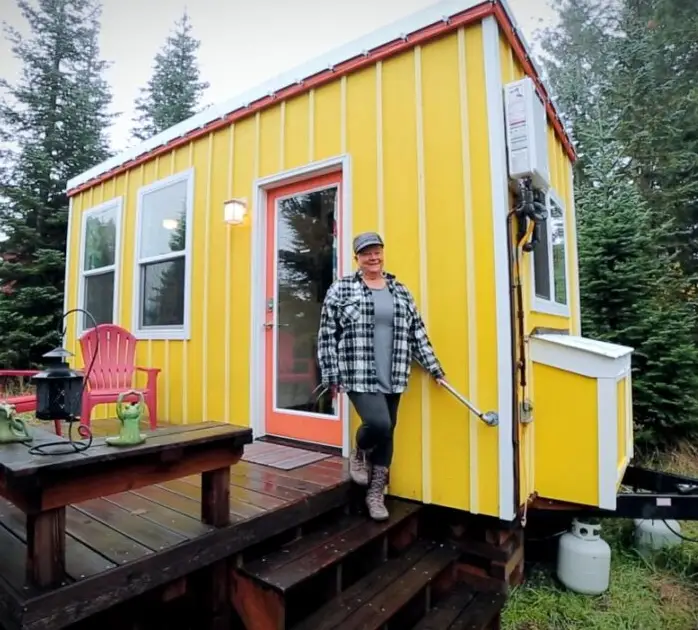The world has been captivated by the tiny house movement, and this trend has taken the United States by storm. From modest, minimalist homes to those filled with all kinds of gadgets, many people dream of leaving their lives behind and building their own tiny home. In 2014, Michelle “MJ” Boyle, a single mom of two college-aged children, decided to make that dream a reality. Tired of working for others and dependent on others, she took the leap and built her own tiny home, which she fittingly named “My Tiny Empty Nest.”

Michelle spent 15 months building her tiny home, which measures 8-and-a-half-feet wide by 24-feet long. Despite its small size, the house has all the amenities of a large, modern home. The difference is that Michelle has no mortgage and doesn’t have to deal with excessive cleaning. Her tiny house is located on an old Christmas tree farm property in Sherwood, Oregon, and it combines modern elements with refurbished vintage pieces from the 1940s and 50s.
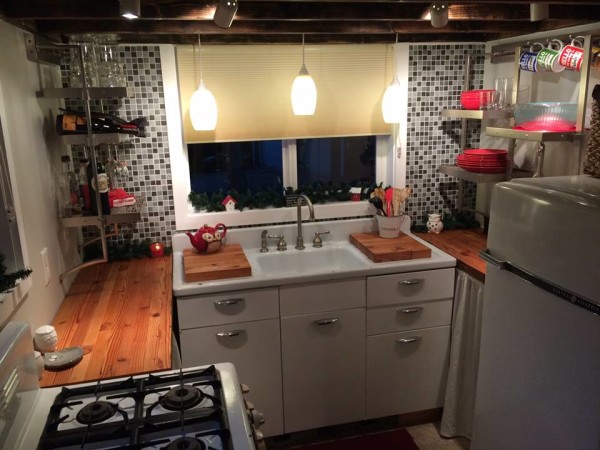
Michelle’s decision to build a tiny house has proven to be a wise choice. She went from paying $1,600 in monthly expenses to only $75, bringing her great joy and financial freedom. Since building her own tiny home, Michelle has also started a business building and renting out tiny homes to others. Her passion for planning and constructing these small dwellings hasn’t wavered, even though each project presents its own unique challenges and costs.
Other Tiny Homes Built by Michelle Boyle
Michelle has built numerous tiny homes since completing her own. Each one is special and unique, and she takes great pride in creating these personalized living spaces. Here are a few examples:

One of Michelle’s creations is called My Tiny Hideout, which she rents out as a holiday home. It combines modern elements with an earthy touch, offering a peaceful forest view from its loft bed. Michelle spent two years gathering items to decorate this unique home, including vintage tools, oil cans, medicine and alcohol bottles, a dark room timer, lantern, grenade, and galvanized salt and pepper shakers with loose lids that she repurposed as decor.

Another notable tiny home built by Michelle is My Tiny Wine Wagon. She purchased an old wagon for $1000 and transformed it into a remarkable living space. The transformation required careful planning, and the end result is a colorful home with all the necessary amenities.
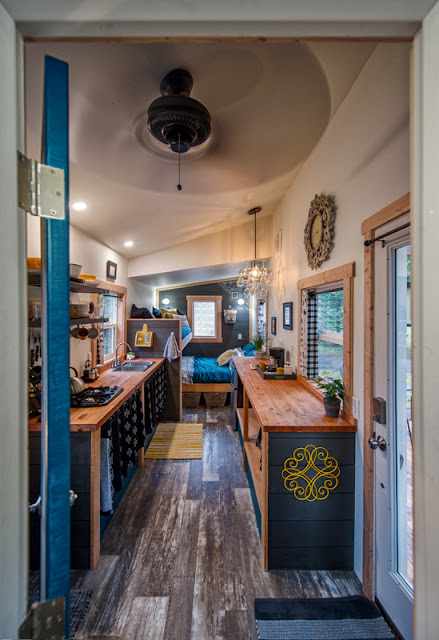
These are just a few examples of the remarkable tiny homes built by Michelle Boyle. Each one showcases her dedication and creativity in crafting unique and functional living spaces. Her contributions to the tiny house movement continue to inspire others to live simpler, more sustainable lives.
Financial Resilience Through Radical Downsizing
Michelle Boyle’s remarkable journey into tiny house living serves as an inspiring story of resilience and financial ingenuity. In the face of economic adversity, Boyle made a courageous decision to downsize her living space dramatically, a choice that not only significantly reduced her housing expenses but also transformed her entire outlook on life. By opting for a minimalist lifestyle, she managed to cut costs and allocate her resources more efficiently.
Her story highlights the practicality of embracing simplicity, demonstrating that financial challenges can be overcome through creativity and resourcefulness. Boyle’s tiny house adventure showcases the potential for anyone to reevaluate their spending habits, prioritize essential needs, and allocate resources wisely. Furthermore, it emphasizes the importance of setting clear financial goals and devising a strategic plan to achieve them.
Environmental Benefits from Tiny Home Living
Tiny home living offers several significant environmental benefits that make it an attractive choice for those looking to reduce their ecological footprint. First and foremost, tiny homes are inherently more energy-efficient due to their smaller size, requiring less energy for heating, cooling, and lighting. This reduced energy consumption directly translates into lower greenhouse gas emissions and a smaller carbon footprint.
Furthermore, tiny homes often promote a more sustainable lifestyle. They encourage individuals to simplify their possessions and prioritize essentials, leading to reduced consumption and waste generation. Many tiny homeowners adopt eco-friendly practices such as composting, rainwater harvesting, and renewable energy sources, further reducing their environmental impact.
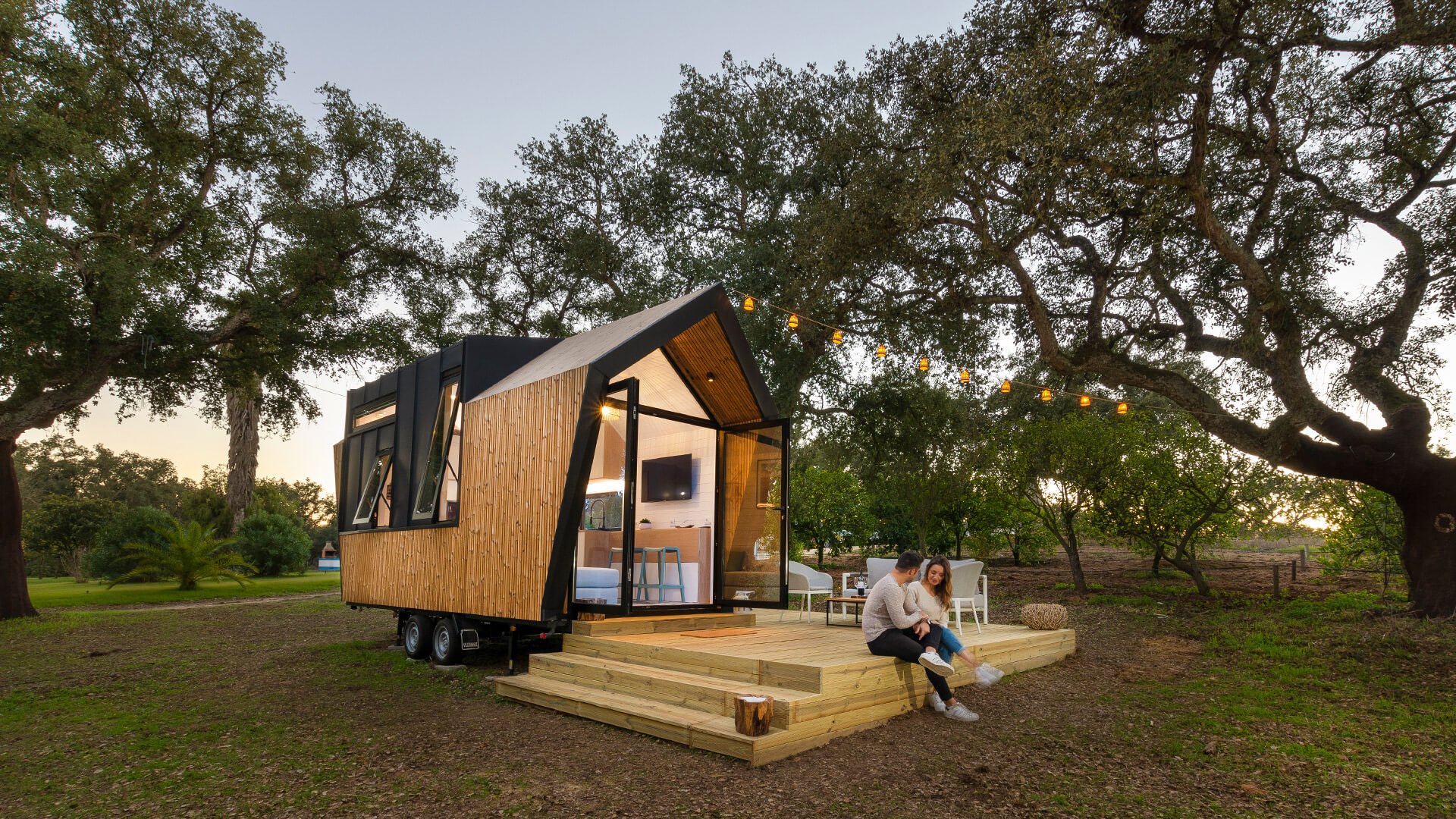
Tiny home communities often emphasize communal spaces and shared resources, fostering a sense of community and cooperation. This collaborative mindset can lead to more sustainable living practices, such as community gardens and resource sharing.
Tiny home living offers a compelling solution for those seeking to minimize their environmental impact. Through efficient design, reduced consumption, and communal living, tiny homes promote a more sustainable and eco-conscious way of life.
Benefits of Tiny Living
Living in a tiny house comes with a range of benefits that have contributed to its appeal. Some key advantages include:
1. Financial Freedom: Tiny homes are significantly cheaper to build, maintain, and even heat or cool compared to traditional houses. With lower mortgage or rent payments, homeowners can free up their budgets for other important expenses or savings.
2. Simplified Lifestyle: The minimalist nature of tiny homes encourages decluttering and a focus on the essentials. Living with less stuff can lead to reduced stress, improved mental well-being, and a greater appreciation for experiences over material possessions.
3. Mobility and Flexibility: Many tiny houses are built on wheels, allowing homeowners to travel and explore different places without leaving the comfort of their own homes. This mobility provides the flexibility to adapt to changing circumstances and live in areas that may be otherwise financially inaccessible.
4. Creative Design Opportunities: Designing a tiny home requires innovative solutions to make the most of limited space. From transforming furniture to clever storage solutions, tiny homeowners can exercise their creativity and personalize their living spaces in unique ways.
Tips for Embarking on a Tiny House Journey
If you’re considering joining the tiny house movement, here are some tips to help you along the way:
1. Research and Plan: Take the time to research different tiny house designs, construction techniques, and legal requirements in your area. Planning ahead will save you time, money, and potential headaches during the building process.
2. Prioritize Your Needs: Since space is limited, prioritize the features and amenities that are most important to you. Consider what you truly need versus what you can live without.
3. Seek Professional Advice: Consult with architects, builders, and other experts in the field to ensure your tiny home is safe, structurally sound, and meets local building codes.
4. Declutter: Before downsizing, declutter your belongings and adopt a minimalist mindset. Only keep items that you truly need or bring you joy.
5. Embrace Off-Grid Living: Consider incorporating renewable energy sources, water-saving systems, and composting toilets to reduce your environmental impact and increase self-sufficiency.
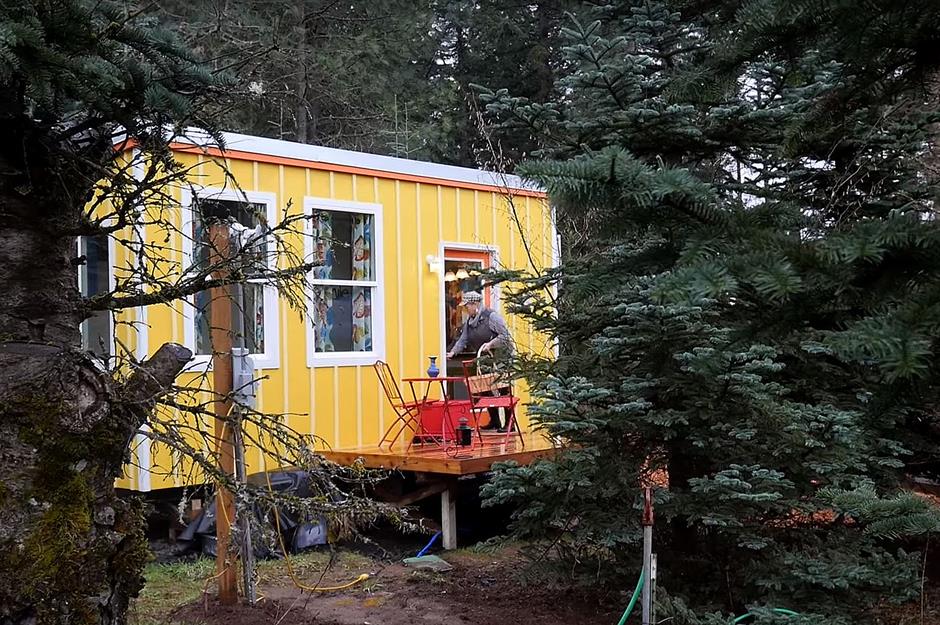
The Future of Tiny Living
As the tiny house movement continues to grow, it’s likely that more people will embrace this alternative way of living. With its many advantages, tiny living provides a viable solution to housing affordability, environmental sustainability, and the desire for a simpler lifestyle. Whether as permanent dwellings or vacation getaways, tiny homes offer an opportunity for individuals and families to live more intentionally and embrace a more meaningful way of life.
Through the creativity and dedication of individuals like Michelle Boyle, tiny homes have emerged as a practical and sustainable housing option. With financial freedom, reduced environmental impact, and greater flexibility, tiny living offers a path to a simpler, more intentional life. As the movement gains momentum, it’s clear that it is here to stay, providing a solution for those seeking a more meaningful and sustainable way of living.
Sources:
My Tiny Wine Wagon
My Tiny Hideout
A woman built a tiny house village

This Site Was Inspired By An Interest in Protecting the Environment:
We had the privilege and joy of learning from Dr. Charlie Stine who instilled a love for the natural world through incredible field trips with the Johns Hopkins Odyssey Certificate program in Environmental Studies. At the time, the program was endorsed by the Maryland Department of Natural Resources. Sadly, after Dr. Stine retired, the program was phased out. We hope that we honor his legacy by shining a bright light on environmental issues and sharing good news about the success of various conservation programs when possible.
